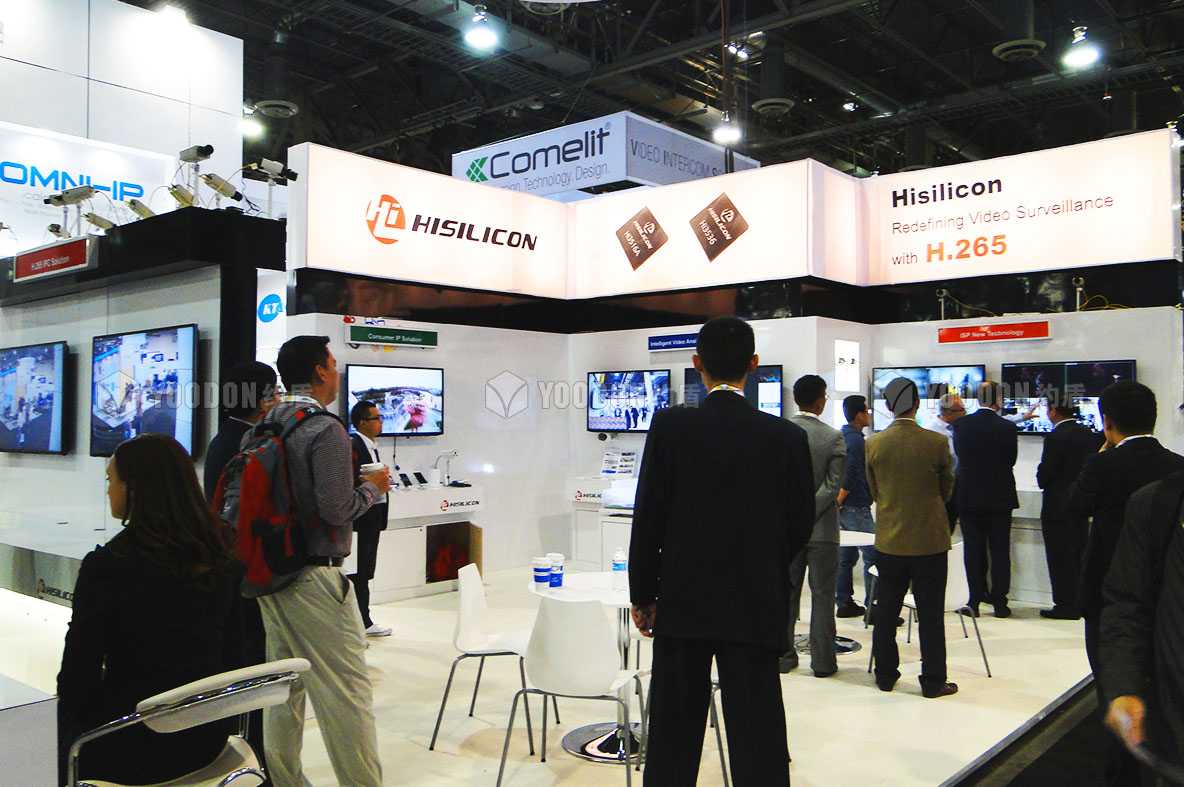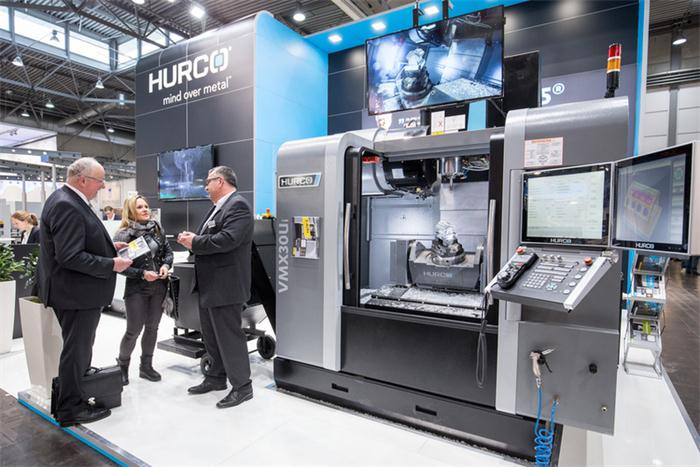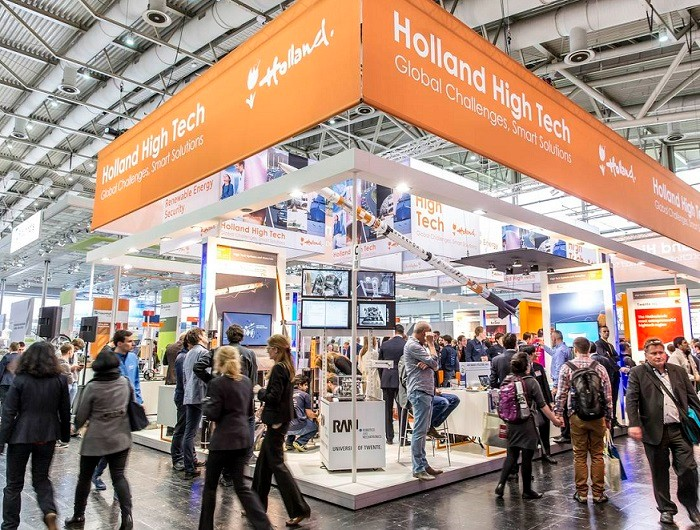From the German Exhibition on CNC Machining: High Precision and Intelligentization as the Dual Engines of the Industry
Walking into the exhibition hall of the German Machine Tool Exhibition (DMB), it is not a specific piece of equipment that first strikes you, but the overall sense of "precision and order" that the entire exhibition conveys—within the thousands of square meters of exhibition area, bright machine tools are arranged in an orderly fashion according to technological lines, staff members in uniform are focused on debugging, and even the chips generated from cutting demonstrations are immediately vacuumed away, leaving the floor as clean as a mirror. This extreme pursuit of detail is a direct reflection of the genetic makeup of German manufacturing, and it sets a professional and rigorous tone for this world-class CNC processing event.
As the 'technology parade ground' of global manufacturing, the scale and density of German exhibitions are astonishing: from flagship booths of industry giants like Siemens and DMG MORI to small and medium-sized tech companies focusing on niche areas, nearly a thousand exhibitors brought processing solutions covering the entire fields of aerospace, automotive, and medical. The exhibition hall is devoid of flashy promotional gimmicks; instead, there are solid technical demonstrations—five-axis machining centers cutting aerospace engine turbine blades, laser measuring instruments real-time projecting 0.001mm-level error data, AI systems dynamically optimizing cutting paths on screens... Every detail tells a story: this is a battleground for 'hard technology', not just a simple commercial trade show.
1、High Precision: Breakthrough from 'Millimeter Level' to 'Nanometer Level'
High precision has always been the "golden trademark" of German CNC machining, and this exhibition has taken this advantage to new heights. The BLOHM PLANOMAT XT surface grinding machine from the German United Grinding Group is considered a "textbook of precision": with linear motor drive and a nano-level thermal compensation system, it can control flatness errors within ±0.001mm, and surface roughness down to Ra0.01μm—equivalent to ensuring that the surface fluctuation of a hair magnified 8000 times does not exceed 1 micron. On-site engineers introduced that this level of precision can meet the demands of "extreme manufacturing" fields such as chip packaging molds and optical lenses.

What is even more remarkable is the balance of precision and efficiency. Siemens showcased its NX five-axis machining center, which utilizes digital twin technology to achieve full-process simulation, ensuring a machining accuracy of ±0.002mm while reducing the production cycle of complex parts by 25%. A procurement manager from a Chinese aviation company lingered at the booth for a long time: 'I used to believe that high precision meant slow work and meticulous detail, but the technology here proves that 'extreme precision' and 'efficient mass production' can coexist completely.'
2、Intelligence: Enabling machine tools to learn 'thinking and collaboration'.
If high precision is the traditional forte of German manufacturing, then intelligence is its most remarkable breakthrough in recent years. At the exhibition booth of Trumpf Group, a laser cutting machine is putting on an 'AI show': the built-in machine learning algorithms can adjust the laser power and cutting paths in real-time based on material thickness and hardness. Parameters that used to require skilled workers' experience to calibrate have now been autonomously optimized by the system, improving efficiency by 30% and reducing tool wear by 20%. The staff joked, 'This machine is like an experienced craftsman with 20 years of experience; but it doesn't get tired, and it can learn and improve every day.'
The deeper manifestation of intelligence is 'collaboration'. In the intelligent workshop model presented by DMG MORI, 10 different models of machine tools are connected through the industrial internet, the ERP system issues production instructions in real-time, and the MES system dynamically allocates tasks, even automatically adjusting the production plan based on raw material inventory. Simulation data on-site shows that this collaborative model has increased equipment utilization from 60% to 85%, and nearly doubled the order response speed. In the Industry 4.0 zone, Siemens' 'digital factory' demonstration allows the audience to see directly: after the entire process is digitized from design diagrams to finished parts, production error rates can be reduced by 90%, which is a disruption of traditional production models by 'German manufacturing'.

3、Dual Engine Drive: The Symbiotic Relationship between Precision and Intelligence
At the exhibition site, the 'symbiotic logic' of high precision and intelligence has become increasingly clear: on one hand, nano-level processing requires intelligent systems for real-time monitoring and compensation; otherwise, small disturbances such as environmental temperature and vibrations can ruin precision. On the other hand, intelligent optimization algorithms must be based on the stable output of high-precision equipment to realize their value. As the technical director of DMG MORI stated: 'High precision is the 'foundation' of intelligence, while intelligence is the 'wings' of high precision; both are indispensable.'
As I walked out of the exhibition hall, the setting sun poured through the glass curtain wall onto the 'Made in Germany' sign. This exhibition made it clear that Germany's leading position in CNC machining is not only about superior technical parameters but also about a relentless pursuit of 'extremes' – an extreme quest for precision, an extreme optimization of efficiency, and an extreme exploration of future manufacturing forms. The dual engines of high precision and intelligence are driving the global manufacturing industry towards a new blue ocean of greater precision and intelligence.



